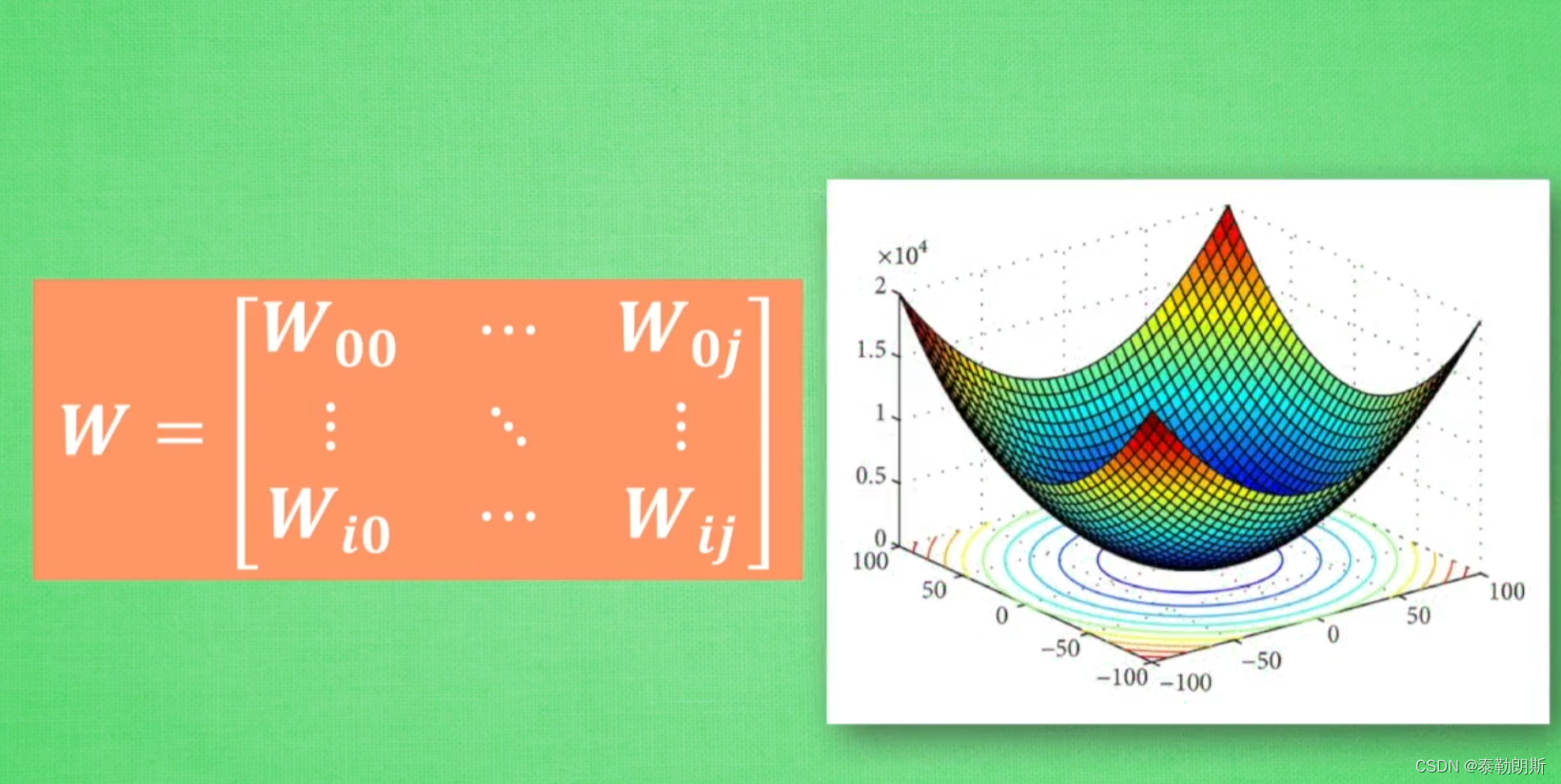文章目录
- 前言
- 1.人工神经网络
- 2.计算机神经网络
- 3.反向传播
- 4.梯度下降-cost 函数
- 1.一维
- 2.二维
- 3.局部最优
- 4.迁移学习
- 5. theano-GPU-CPU
- theano介绍
- 1.安装
- 2.基本用法
- 1.回归
- 2.分类
- 3.function用法
- 4.shared 变量
- 5.activation function
- 6.Layer层
- 7.regression 回归例子
- 8.classification分类学习
- 9.过拟合
- 10.正则化
- 11.save model
- 12 总结
前言
本章主要介绍深度学习与python theano。
主要整理来自B站:
1.深度学习框架简介 Theano
2.Theano python 神经网络
1.人工神经网络

2.计算机神经网络

3.反向传播

4.梯度下降-cost 函数
1.一维

2.二维

3.局部最优
大部分时间我们只能求得一个局部最优解

4.迁移学习

5. theano-GPU-CPU
tenforflow鼻祖
theano介绍
1.安装
win10安装theano
设置
ldflags = -lblas
window10安装,这里要说明一点的是python3.8安装theano会出现一些非常奇怪的问题,所以这里选用python3.7.
conda create -n theano_env python=3.7
conda activate theano_env
conda install numpy scipy mkl-service libpython m2w64-toolchain#如果想要安装的快点,可以使用国内的镜像
pip install -i https://pypi.tuna.tsinghua.edu.cn/simple theano
安装后出现了下列问题:
WARNING (theano.tensor.blas): Failed to import scipy.linalg.blas, and Theano flag blas.ldflags is empty. Falling back on slower implementations for dot(matrix, vector), dot(vector, matrix) and dot(vector, vector) (DLL load failed: 找不到指定的模块。)
不过想了一下,自己也只是学习一下而已,慢就慢吧,不用C的
2.基本用法
1.回归
拟合曲线

# View more python tutorials on my Youtube and Youku channel!!!# Youtube video tutorial: https://www.youtube.com/channel/UCdyjiB5H8Pu7aDTNVXTTpcg
# Youku video tutorial: http://i.youku.com/pythontutorial# 10 - visualize result
"""
Please note, this code is only for python 3+. If you are using python 2+, please modify the code accordingly.
"""
from __future__ import print_function
import theano
import theano.tensor as T
import numpy as np
import matplotlib.pyplot as pltclass Layer(object):def __init__(self, inputs, in_size, out_size, activation_function=None):self.W = theano.shared(np.random.normal(0, 1, (in_size, out_size)))self.b = theano.shared(np.zeros((out_size, )) + 0.1)self.Wx_plus_b = T.dot(inputs, self.W) + self.bself.activation_function = activation_functionif activation_function is None:self.outputs = self.Wx_plus_belse:self.outputs = self.activation_function(self.Wx_plus_b)# Make up some fake data
x_data = np.linspace(-1, 1, 300)[:, np.newaxis]
noise = np.random.normal(0, 0.05, x_data.shape)
y_data = np.square(x_data) - 0.5 + noise # y = x^2 - 0.5# show the fake data
plt.scatter(x_data, y_data)
plt.show()# determine the inputs dtype
x = T.dmatrix("x")
y = T.dmatrix("y")# add layers
l1 = Layer(x, 1, 10, T.nnet.relu)
l2 = Layer(l1.outputs, 10, 1, None)# compute the cost
cost = T.mean(T.square(l2.outputs - y))# compute the gradients
gW1, gb1, gW2, gb2 = T.grad(cost, [l1.W, l1.b, l2.W, l2.b])# apply gradient descent
learning_rate = 0.05
train = theano.function(inputs=[x, y],outputs=[cost],updates=[(l1.W, l1.W - learning_rate * gW1),(l1.b, l1.b - learning_rate * gb1),(l2.W, l2.W - learning_rate * gW2),(l2.b, l2.b - learning_rate * gb2)])# prediction
predict = theano.function(inputs=[x], outputs=l2.outputs)# plot the real data
fig = plt.figure()
ax = fig.add_subplot(1,1,1)
ax.scatter(x_data, y_data)
plt.ion()
plt.show()for i in range(1000):# trainingerr = train(x_data, y_data)if i % 50 == 0:# to visualize the result and improvementtry:ax.lines.remove(lines[0])except Exception:passprediction_value = predict(x_data)# plot the predictionlines = ax.plot(x_data, prediction_value, 'r-', lw=5)plt.pause(.5)






 —— 核心类持久化存储)



)




)



